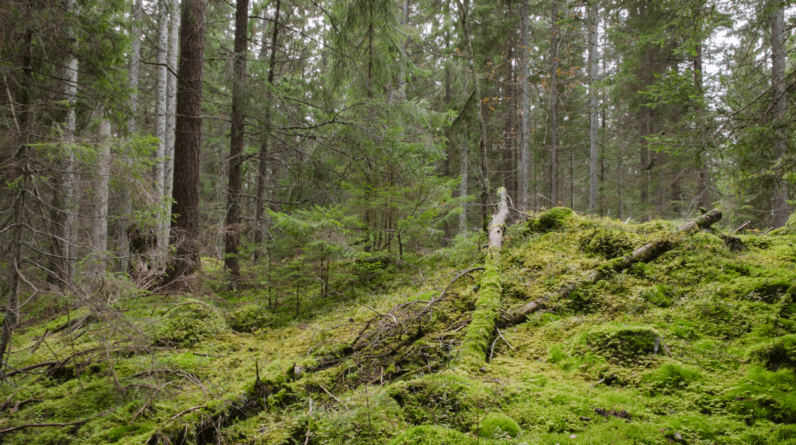
Introduction
Hello there, fellow outdoor enthusiasts! Today, we’re diving into a topic close to our hearts – Leave No Trace camping. For those unfamiliar, Leave No Trace principles are a set of guidelines designed to promote conservation in the outdoors. They consist of seven key principles that every nature lover should follow. Let’s explore these principles and understand why they are so critical for responsible camping and hiking.
Understanding the Leave No Trace Principles
The Leave No Trace principles form the core of responsible outdoor practices. Let’s take a closer look at each of them.
- Plan Ahead and Prepare: This principle is all about being prepared. It means researching your destination, its regulations, and potential hazards. Understanding the cultural and natural significance of the place is also essential. When we plan, we can also better prepare to travel in small groups and avoid times of high use, thus reducing our impact on the environment and on other visitors.
- Travel and Camp on Durable Surfaces: This principle emphasizes reducing our physical impact on the environment. To protect natural habitats, stick to established trails and campsites. In more remote or pristine areas, focus on camping on durable surfaces like dry grasses, rock, or sand. The goal is to leave the place as you found it, with no trace of your visit.
- Dispose of Waste Properly: This is often summed up as “pack it in, pack it out.” Any waste, including trash, leftover food, and litter, should be packed out of the camping site. If facilities are available, human waste should be deposited in designated areas. If not, it should be disposed of properly to prevent water pollution and the spread of diseases. This principle also extends to cleaning up after yourself at the campsite and washing dishes or yourself at least 200 feet away from water sources to prevent contamination.
- Leave What You Find: This principle promotes conservation. It means respecting natural and cultural artifacts and leaving them undisturbed. That beautiful rock or wildflower may be tempting to take, but remember that if every visitor took something, these places would quickly lose their beauty and uniqueness.
- Minimize Campfire Impact: Campfires can cause lasting impacts on the outdoors. They can result in soil degradation and can be a source of wildfires if not handled responsibly. When possible, use a lightweight camp stove for cooking instead of making a fire. If you must have a fire, keep it small, burn only sticks from the ground, and avoid breaking branches off living trees. Always ensure your fire is completely extinguished before leaving.
- Respect Wildlife: Observing wildlife is a big part of the joy of being in nature, but it’s crucial to remember that we’re visitors in their home. Watch animals from a distance, never follow or approach them, and absolutely never feed them. Feeding wildlife damages their health, alters their natural behaviors, and exposes them to predators and other dangers.
- Be Considerate of Other Visitors: The last principle of Leave No Trace isn’t about nature, but about our fellow nature lovers. Respecting other visitors and protecting the quality of their experience is as crucial as preserving the natural world. This means keeping noise levels down, respecting private property, and always maintaining courtesy on the trails and at campsites.
Each of these principles provides a guideline for how we can enjoy nature responsibly and sustainably, ensuring that it will be there for future generations to appreciate as well. They’re about minimizing the use of fire, respecting wildlife by observing them from a distance and never feeding them, and being considerate to other visitors.
Why Leave No Trace Matters
So why do these principles matter? Well, the environmental impact of camping and hiking can be significant if not managed responsibly. Our natural spaces are precious and fragile. When we venture out into the wild, we’re entering the homes of countless animals and plants. Each year, our collective footprints – from improperly disposed of waste to campfire scars and eroded trails – take a toll on the environment. That’s where Leave No Trace comes in. By practicing these principles, we can help preserve these beautiful spaces for future generations of nature lovers to enjoy.
Leave No Trace and Wildlife
A vital part of Leave No Trace is respecting wildlife. We’re visitors in their homes, after all. It’s important to remember that feeding wildlife can disrupt their natural behaviors and potentially harm them. We should observe animals from a distance, never approach or follow them. Keeping our campsite clean and free of food waste also helps to avoid attracting animals to human sites, protecting both us and them.
Leave No Trace and Other Campers
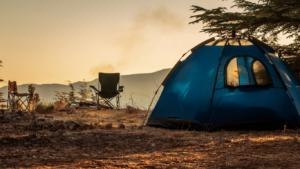
Leave No Trace isn’t just about preserving nature. It’s also about maintaining a respectful and enjoyable atmosphere for everyone. This includes minimizing noise, respecting posted rules, and maintaining the natural beauty of the site so everyone can enjoy it. Remember, a peaceful campsite is a joy for everyone!
Practical Leave No Trace Tips for Campers
Incorporating Leave No Trace into your outdoor adventures might seem daunting at first, but it quickly becomes second nature. Start with small actions, like picking up trash you see on the trail, using a camp stove instead of making a campfire, or staying on established trails. Remember to respect wildlife, keep your distance, and never feed animals. Finally, consider sharing these principles with others, perhaps by subtly modeling good behavior or discussing them with your fellow campers.
Conclusion
Adhering to Leave No Trace principles is an essential part of being a responsible camper and hiker. It helps us preserve natural spaces, protect wildlife, and maintain a positive atmosphere for all outdoor enthusiasts. As we embark on our outdoor activities, let’s keep these principles at the forefront of our minds and actions.
We’d love to hear your thoughts and experiences with Leave No Trace camping! Feel free to share in the comments section, and don’t forget to check out our other articles for more camping and hiking tips.
FAQ
Q: Why are Leave No Trace principles important?
A: Leave No Trace principles are essential because they help minimize our impact on the environment when we’re hiking or camping. They guide us in preserving natural resources and wildlife, reducing waste and damage, and maintaining a respectful and enjoyable atmosphere for all outdoor enthusiasts.
Q: How can I reduce my campfire impact if a fire is necessary for warmth?
A: If you must have a fire, keep it small, use only sticks that can be broken by hand, and burn them completely to ash. Set up your fire at least 200 feet from water sources, and try to use existing fire rings or mounds to prevent additional damage to the area. Most importantly, always put out your fire completely before leaving.
Q: What does it mean to “travel and camp on durable surfaces”?
A: This means sticking to established trails and campsites to avoid damaging fragile areas. In more remote or pristine areas where there are no established trails, try to travel and camp on durable surfaces like rock, dry grasses, or snow that can withstand frequent use.
Q: Can I take anything as a souvenir from my hike or camping trip?
A: The principle of “leave what you find” urges us not to take anything from the natural environment. While it might seem harmless to pick a wildflower or take a small rock, if every visitor did the same, it could lead to significant damage. A good practice is to take only pictures and leave only footprints.
Q: Is feeding wildlife really harmful?
A: Yes, feeding wildlife can be very harmful. It can damage their health, alter their natural behaviors, and expose them to predators and other dangers. It’s best to observe wildlife from a distance and never feed them.
Q: How can I practice Leave No Trace if I see trash on the trail?
A: If you come across trash on the trail, the best practice is to pack it out if you can do so safely. This follows the principle of “dispose of waste properly” and helps keep our outdoor spaces clean and enjoyable for everyone.
Q: What if other campers aren’t following Leave No Trace principles?
A: If you feel comfortable, you might gently share the principles with them. If not, consider reporting the behavior to park rangers or campground hosts. Education is key to promoting these principles, and every bit helps.




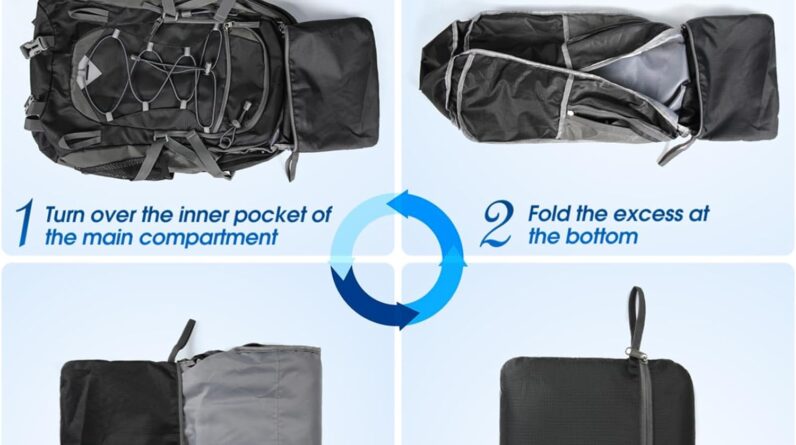
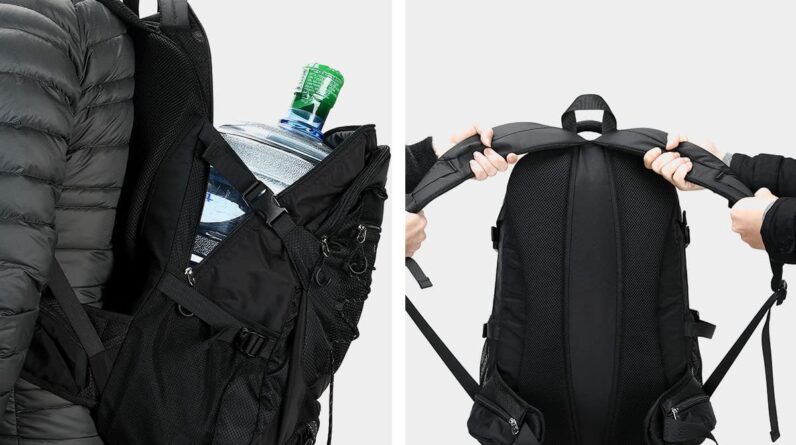
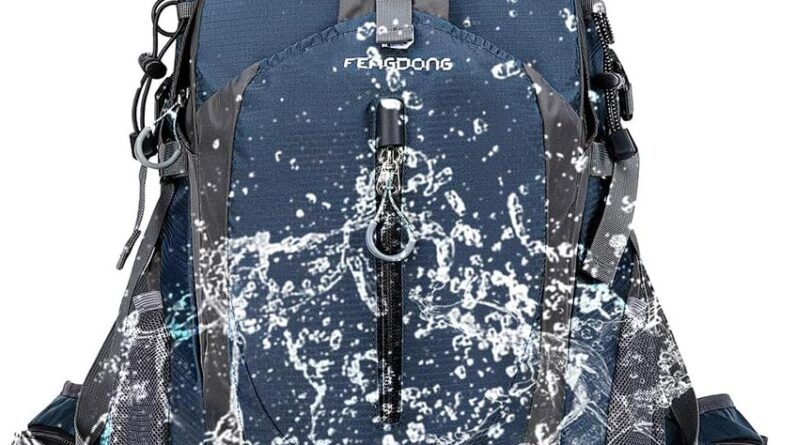
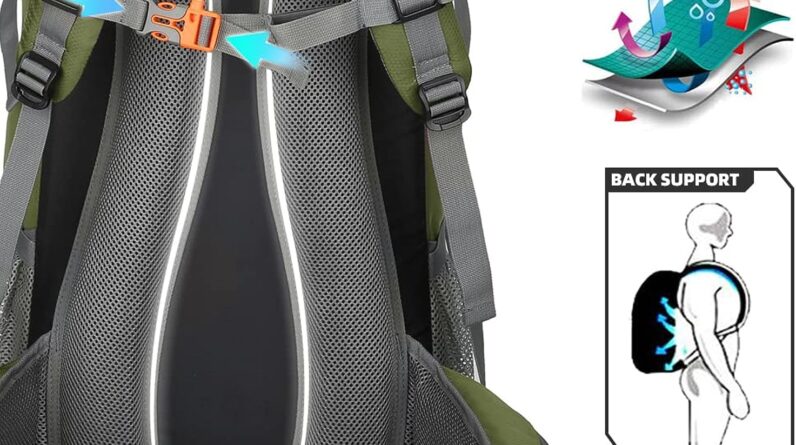
4 Comments